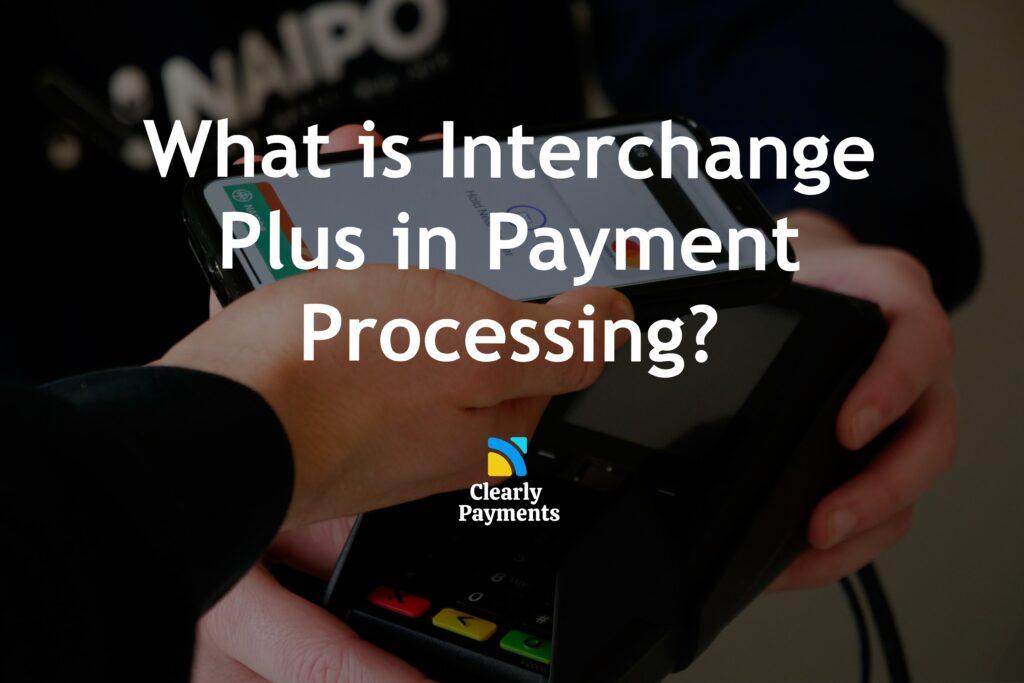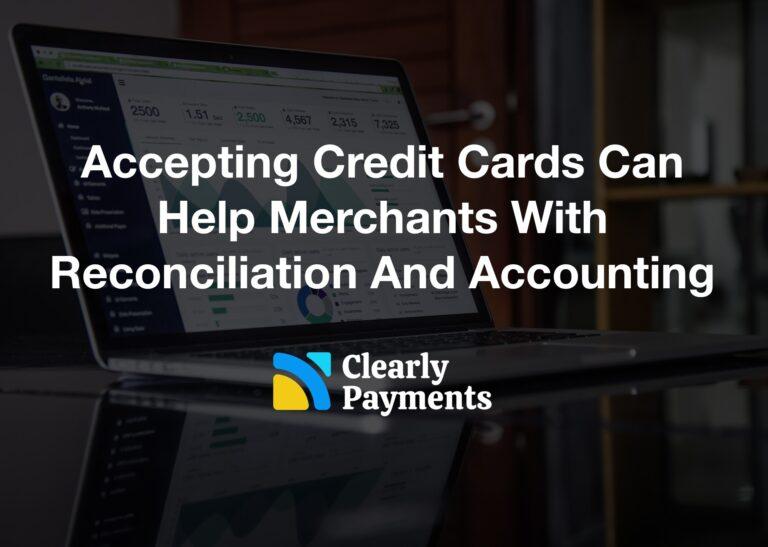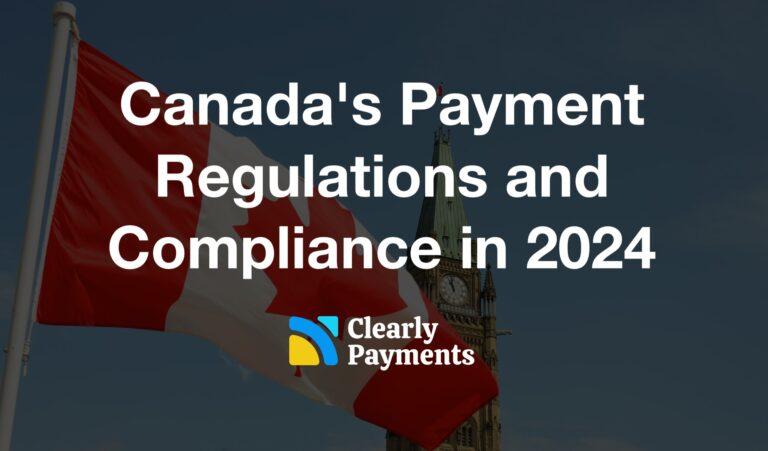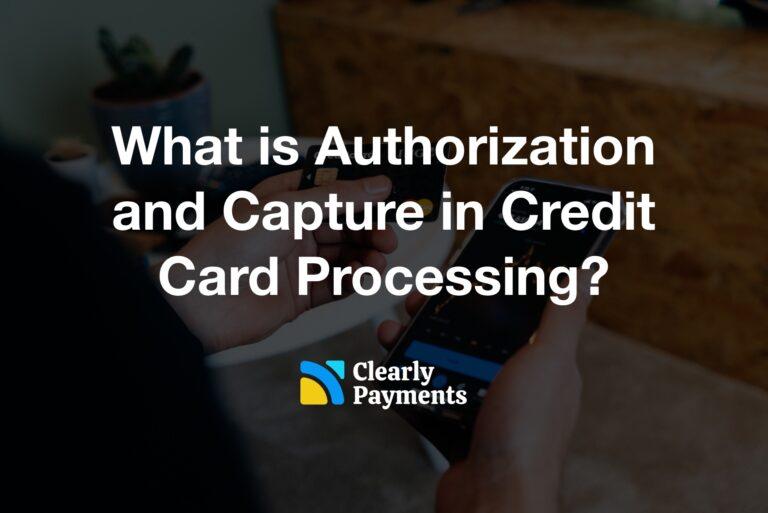Interchange plus pricing, sometimes called cost plus, is one of the common ways that payment processors price their services for merchants. There are two other forms of pricing models, which are flat-rate pricing and tiered pricing.
In the end, interchange plus is regarded as the most transparent and fair for merchants. That’s why it’s not used very much. Tiered pricing is the most common and most complex.
How interchange plus works
Interchange plus works like a cost plus model. You take the cost of the item and add a percentage markup. In payment processing, it means you take the standard wholesale cost (i.e interchange) from the card brands (i.e. Visa, MasterCard, etc) and add a percentage fee by the payment processor (i.e. TRC-Parus) for providing card processing services.
If you have a rate of interchange plus 20, that would mean you pay the base interchange rates with a 20 basis point (or 0.2%) service charge on top. Interchange plus 20 is a very good rate.
Why interchange plus is good for merchants
Interchange plus makes it essentially impossible to hide fees. Transparency and good rates are the benefit.
Credit card pricing is very complex because there are so many interchange rates and not standard bills making it easy to hide fees, particularly with tiered pricing. In flat fee pricing, at least the rate is flat so you always get the same fee. There is padding in the flat pricing, so you will likely have a cheaper rate if you moved to interchange plus pricing, particularly if you process more than $100,00 per year.
How do you get interchange plus pricing
Interchange plus is the best type of merchant account pricing for merchants. It is the most transparent and allows for the lowest fees. This is the key reason TRC-Parus focuses on Interchange Plus. Sign up for TRC-Parus if you want more explanation or to get a free quote.




